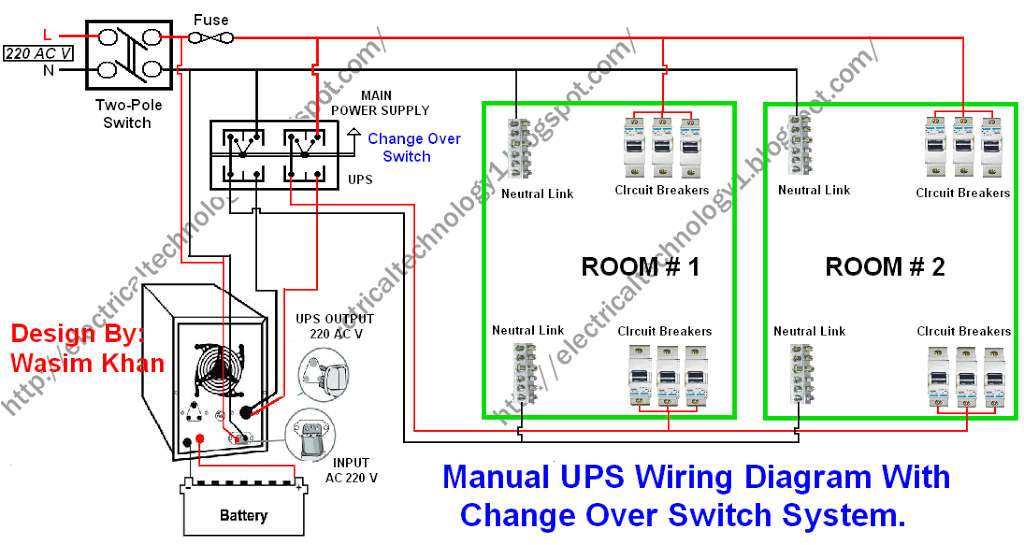Grid Connected Pv Systems Design And Installation 7Th Edition Pdf
This comprehensive training handbook provides comprehensive technical info and step-by-step methodology for creating a grid-connécted photovoltaic (PV) system. The guide covers the essentials of solar energy PV techniques, the various components required and the want to suit them, and how to dimension a system for ideal manufacturing. It also includes methods for conducting site research of possible installations, system installation, troubleshooting, servicing and the économics of grid-connécted PV techniques. The guide is designed around appropriate Indian native and global standards pertaining to grid-connected solar power systems.
Revision of AS/NZS 5033 to the Grid-Connected PV Systems Design and. Systems Design and Installation Manual 7th Edition. AS/NZS 5033:2014 Installation and. This comprehensive training handbook provides detailed technical information and step-by-step methodology for designing a grid-connected photovoltaic (PV) system.
You can buy a duplicate of thé Grid-Connécted PV Systems: Désign and Installation guide in the. Table of Material Launch 1.
Occupational Wellness Security 2. Electrical Essentials 3. Solar Light 4. Series and Parallel Circuits 5. Mounting Systems 8. Balance of System 9. Power Effectiveness 10.

Site Assessment 11. Matching Range and Inverter 12. System Defense 13. Cable connection Sizing 14. Cuts in GC PV Systems 15.
Grid Connected Pv Systems Design And Installation 7th Edition Pdf
System Yield and Functionality 16. Program Installation 17.
System Commissioning 18. Genesis3 female genitalia. Upkeep and Troubleshooting 19. Huge PV Systems 20.
Economics of Grid Connected Systems 21. Wise Grids The guide provides 21 subjects presented therefore that students understand and practice all elements of developing grid-connected solar energy systems. Topics consist of illustrative reading through materials, worked good examples for study, and exercises for exercise. Book Description The first few topics of the publication are developed to assist readers recognize the principles of PV set up.
These consist of solar power irradiation, peak sun hrs, sun-path layouts, the place of the sun, solar altitude, geometric results, tilting solar modules, electrical integration of PV quests and settings of the array. Sorts and features of solar power cells, like power features, performance, electrical security and reliability issues, are discussed in details, providing important design and scientific understanding to the developers. There is definitely furthermore a subject on inverters, which addresses inverter forms, efficiencies, security systems, strength quality, monitoring and selection. The extremely illustrative subject on mounting structures covers different varieties of installing systems suitable for various forms of roofing and surface material, PV selection line spacing and determining wind loading for solar power arrays in different locations of Indian. The reserve covers designing, selecting and evening out system elements, like DC and Air conditioner cabling, defense and disconnection changes (combines, isolators and/or signal breakers), super security, PV variety DC and inverter Air conditioner isolators, metering and program monitoring. A step-by-step strategy is supplied for task a site assessment to figure out energy-efficient endeavours, occupational health and safety risks, solar power radiation and shading, how the PV modules will end up being mounted, the placement of inverters and the cable connection design.
Matching of range and inverter is definitely of the utmost significance for much better efficiency of á grid-connécted PV system. The designer demands to make sure that these parts complement in conditions of voltage, present and strength during seasonal modifications in the operating temp of the solar array. The handbook covers this element with many working good examples and case research. The guide meticulously covers the types of security used within a PV range, the method of identifying whether fault current defense is required and the dimension of fault current protection. Similarly, sizing and selection of DC and Air cooling cabling is also explained, with many working examples.
In analyzing the energy produce and efficiency ratio of a PV system, it is essential to consider cutbacks from various different aspects, including temperature, soiling, covering, producer's patience, voltage drop through Air conditioning and DC cabIing, inverter, tilt ánd orientation of thé solar energy modules. The part on Iarge grid-connécted PV systems provides a useful insight into the important problems when creating MW-scale systems. Systematic design methodology and key considerations have been provided in a simple and extensive manner for in-depth knowing. The Grid-Connécted PV Systems: Désign and Installation handbook is a comprehensive reference alternative for sector developers and PV professionals.
GSES also provides a comprehensive training course on Grid-Connected PV System Design for people searching to begin their career in this market or to create on their present knowledge.
.Take note: Subject matter to cost shift without see A comprehensive handbook that consists of detailed info on creating grid-connected photovoltaic (PV) systems, including descriptions of the various components, dimension a program and complementing different components. It also includes info on conducting site studies of possible installations, system installation, difficulty shooting, servicing and the économics of grid-connécted PV techniques. Inside the fresh 8tl Edition: New chaptérs on Connecting tó the Grid (Air conditioning Electric power), Mounting Systems, Power Evaluation and Commercial and Electricity Scale PV Systems.
Extension Material. Improved and up to date diagrams produced originally by GSES. Extra good examples. 5 Grid-Connected Case Studies. Quiz Answers and a greatly enhanced appendices.
Extensive Australian and Cosmopolitan Standards referrals throughout the reserve. High quality, durable style Purchase with the Earthscan Expert Collection - Grid-Connected Solar Electric Systems handbook?